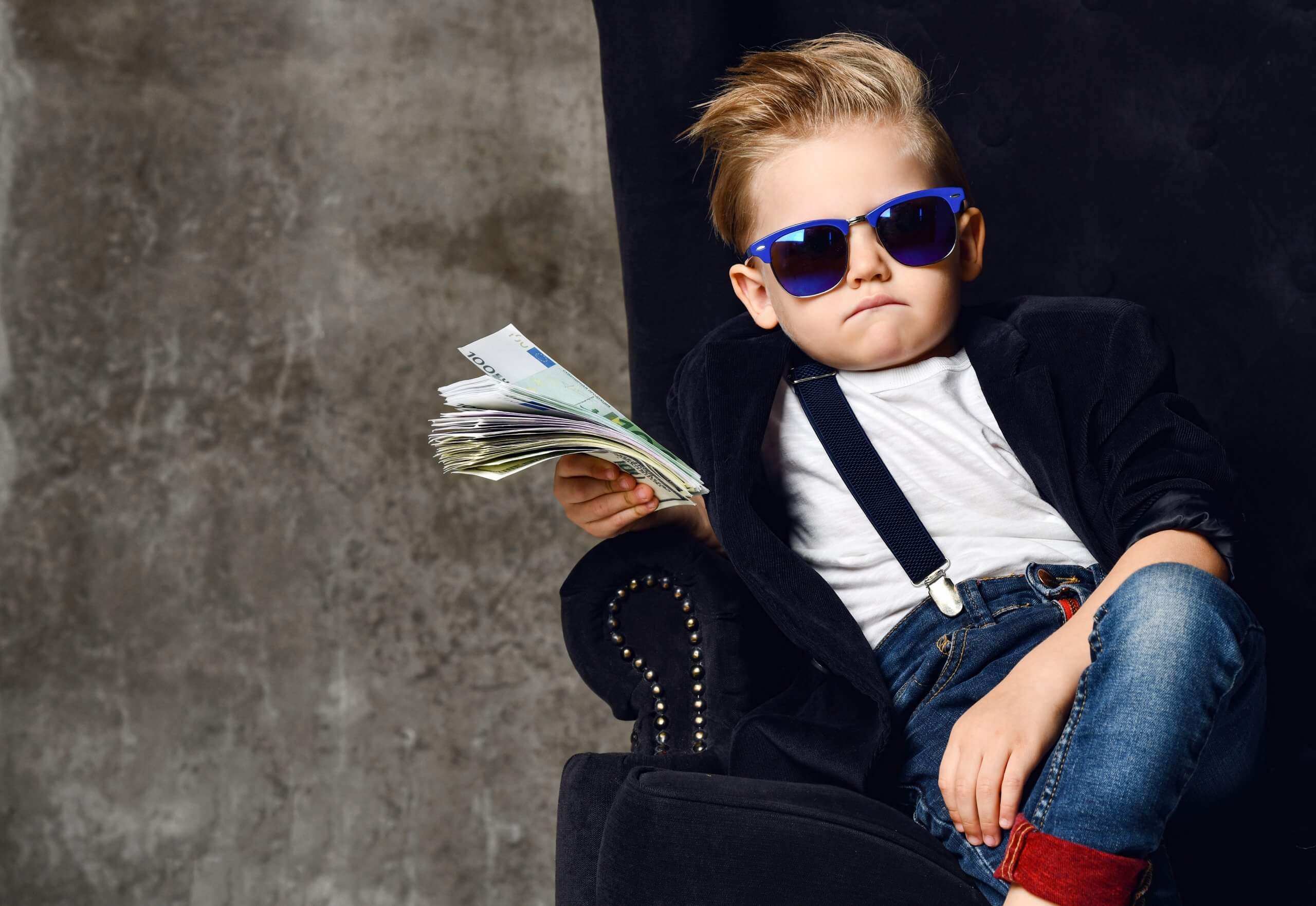What more can be written about reaching the youth market that hasn’t appeared, already? As long as there are new generations, there will be room for more writing on reaching the youth market. And as long as there are new generations there will be room for new marketers.
It goes without saying that the youth market—the millennials, (aka Gen Y)—want to be treated as equals; they don’t like being talked down to; told how, where and when to buy, and do not support brands that have a negative impact on the environment. As well, they expect brands to take a stand on social issues, and to operate in an ethical manner. They don’t like poor-quality products, have a low tolerance for poor customer service, or prices that are too high. So what does the execution look like? Many tried-and-true methods of integrated marketing communications (IMC), still work. Let’s consider rewards, events and premiums.
If there is a brand that is dependent on the millennial market, it is Virgin Mobile. It is masterful at communicating with the youth market. An anchor of its communication is a rewards program that offers travel, fashion, music and entertainment. Signing up for Virgin membership delivers early-ticket access to concerts and movies, discounts at major retailers, and VIP prizes and flyaways.
How do events work for another major brand? Red Bull shows us how. Experiential marketing and its engagement of the five senses during events is a key, defining element for Red Bull. “Red Bull gives you wings” through arts, music and sports events. The brand’s reach is worldwide with events in Sri Lanka (BNS, Lahiru and Rakitha), Stuttgart (SoundClash) and Toronto (MangO’s Birthday Bash). The brand invests in all manner of subcultures, including games, Esports and BMX.
Finally, there are premiums. Let me take you back to your childhood to draw on the premium experience, more specifically, the toy premium. The iconic brand, McDonald’s, taught us as children that a toy in a Happy Meal initiated the trial experience—from the age of three. Thereafter, the toy premium secured our loyalty. McDonald’s knew our parents were on the hook to return to buy us a happy meal, which included a complimentary toy; something that would put a big smile on our faces. Eventually, however, we grew out of small toys—but our loyalty remained. Through our teen years and young adulthood, we were loyal to the McDonald’s lunch, dinner and breakfast menus. When coffee became part of our routine, McDonald’s found itself lagging in this category, so they introduced a dark-roast coffee (think Starbucks and Second Cup), and enticed us with a one-week, free-trial offering; a smart, emotional hook that builds loyalty. What does a millennial have to lose? It’s a low-cost, low-risk purchase, so they make the decision to adopt coffee as a routine drink, especially to start off their day.
As you can see, these three multinational, established brands show us how they can stay relevant, develop emotional connections and, create loyalty. And it’s the customer that ultimately make brands successful. Or not. Smart brands get to know and understand customers through constant, evaluative research, intelligence-gathering and ultimately, insight.


